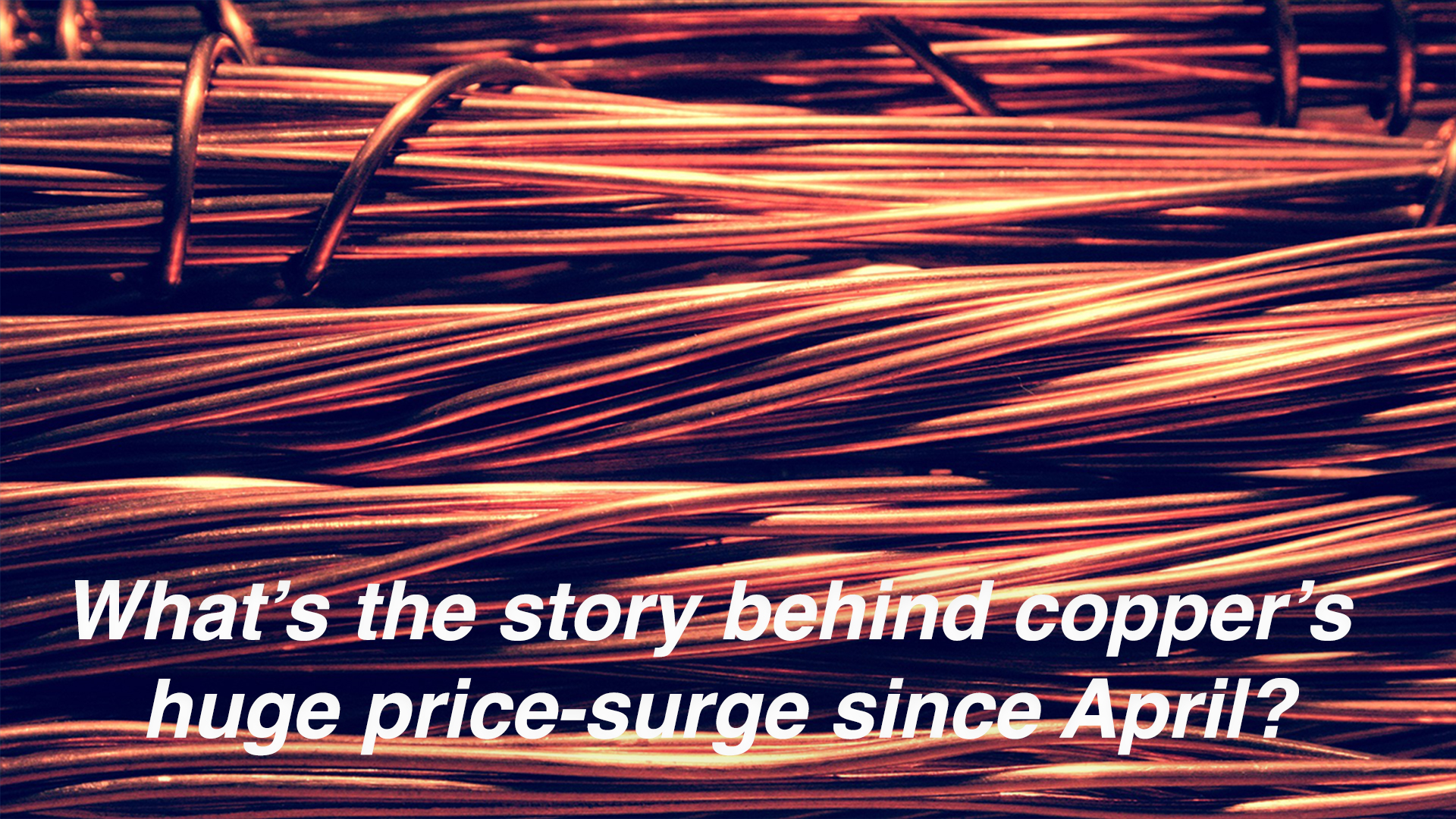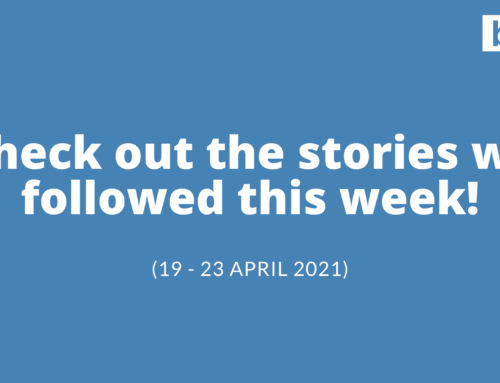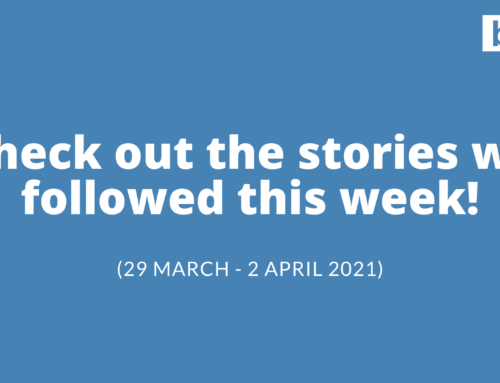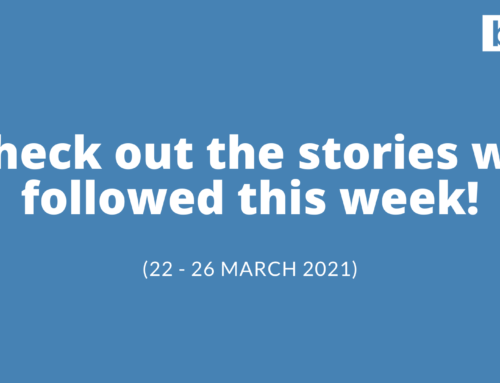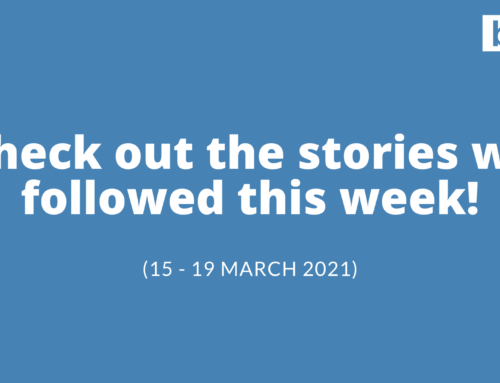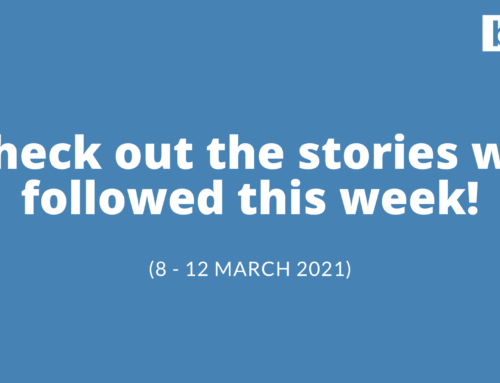The spot price of copper has shot up 26% in the last 3 months alone, bucking the global downturn in commodity prices.
But with global commodity demand down across the board due to Covid, what’s driven the unprecedented price surge?
Weirdly, it’s also Covid, but for a completely different reason. Copper production has fallen substantially amidst more than 2,000 new local cases of Covid in the last 4 weeks among copper miners in the city of Calama in northern Chile’s Atacama region (the world’s leading copper-producing region).
 A manpower shortage that has only been exacerbated following announcements by local worker’s groups in response, that they will halt production to reduce the spread of Covid, saying their region has been disproportionately hard-hit by Covid, due to Santiago’s not wanting to take stronger lockdown measures that may adversely impact the movement of the same workers which are critical to the production of Chile’s largest export.
A manpower shortage that has only been exacerbated following announcements by local worker’s groups in response, that they will halt production to reduce the spread of Covid, saying their region has been disproportionately hard-hit by Covid, due to Santiago’s not wanting to take stronger lockdown measures that may adversely impact the movement of the same workers which are critical to the production of Chile’s largest export.
With workers hoping for the labour slowdown (and drop in export revenue), to increase their bargaining power for better Covid-mitigation measures in what could be seen as a Black Plague-like labour shortage scenario – a correlation which obviously isn’t perfect, but does provide a conceptual comparison at a regional level in the Atacama.
While others argue that Santiago might not admit it, but the price surge may be creating a counter-intuitive incentive for the government to keep the scarcer, higher-value copper flowing even at the (higher) risk of workers catching Covid, and take a quality over quantity approach to pricing.
What’s at stake?
To put the numbers in perspective, Chile exported a staggering 31% of the world’s copper, and copper makes up 48% of the country’s economy. With its copper exports in 2019 topping US$32.3 billion. But then 2020 happened, and Chile’s seen its copper exports fall 11.8% year-on-year, in May alone. All while the broader Chilean economy looks set to fall an astounding US$800 million short in June alone, from its pre-Covid export projections for the month.
Despite all that, with its dramatic rise in price even amidst declining volumes, copper remains the best export performer in the Chilean economy – as exports in other sectors like Forestry (-29%) and Manufacturing (-17%) slump even further.
How critical is Copper?
Copper’s used in almost everything, from motors and electronics, to piping and wires, and its price is seen as a reliable measure of both an individual country’s economic health (e.g. governments laying copper cabling for infrastructure projects), and the global economy as it’s historically been a reliably direct correlation to the booms and busts of worldwide economic growth.
Supply & Demand Deja Vu?
This isn’t the first time we’ve been here with surging (or collapsing) copper prices. While speculators, etc., can play a part in the short-term, real trends in copper especially are driven entirely by supply and demand over time. For instance, copper’s methodical 300% rise from 2003-2006 was almost exclusively on the back of surging Chinese growth at the time. It’s spectacular collapse in 2009, and even faster rebound up to 2011 was a direct correlation to the GFC.
We’ve probably all heard the purported Chinese proverb (or curse), “May you live in interesting times…”
And for anyone buying, selling, or producing copper, now are unprecedentedly interesting times.
While most market watchers assume copper’s surging price is due to China’s rebounding demand as it restarts its economy, but even in the best of times development-wise, China’s never accounted for such a fast, counter-intuitive surge in any commodity. Which casts even more uncertainty on the sustainability of copper’s rallying prices, or where it’s headed next.
Amidst all the uncertainty – who’s buying all the copper?
Because copper’s so critical to everything, there’s a huge market in trading copper. There are small traders, but any real moves in copper are driven by either large copper traders who look for volatility to buy and sell, to maximise profits on rising daily prices. Or conversely, commercial hedgers looking to buy copper futures when prices are depressed (or sometimes resell their excess stock of futures when prices are high), all with the aim of stabalising the price of their future cost of production for any of the myriad products that require copper.
Ultimately, Hedgers and Traders want the same thing – copper – but for inversely correlated reasons. Traders buy when the price is going up and hedgers buy when it’s going down.
Who’s benefiting from Copper’s rise?
First and foremost, it’s listed mining companies who’ve seen stock prices soar like Freeport-McMoRan Inc (up 64%) and Antofagasta (up 21%). Indirectly, it’s also some hedgers who are benefiting from earlier bets being realised now, but that’s not a given as demand for many of the consumer products they hedged for have also fallen (e.g. consumer electronics), while public-sector demand has also generally fallen in lockstep as many big infrastructure projects have ground to a halt. Meanwhile, we don’t know yet but it’s probably a mixed bag for major producers like Chile, Peru, and Canada, who may have some stockpiles they can start to clear at higher prices, but would almost certainly prefer stable demand, to temporary surges with all the secondary impacts price shocks imply.
Where does the road lead for Copper? 
If history were any indicator, copper price would be falling in line with global demand. But like so many things at the moment, we’re in historically uncharted territory, and copper’s fall in demand is masked by a rise in price – which itself is happening for the same, but inverse reason – Covid’s causing copper’s declining demand, as well as the acute lack of local labour in the world’s largest copper exporter.
We live in interesting times indeed.

